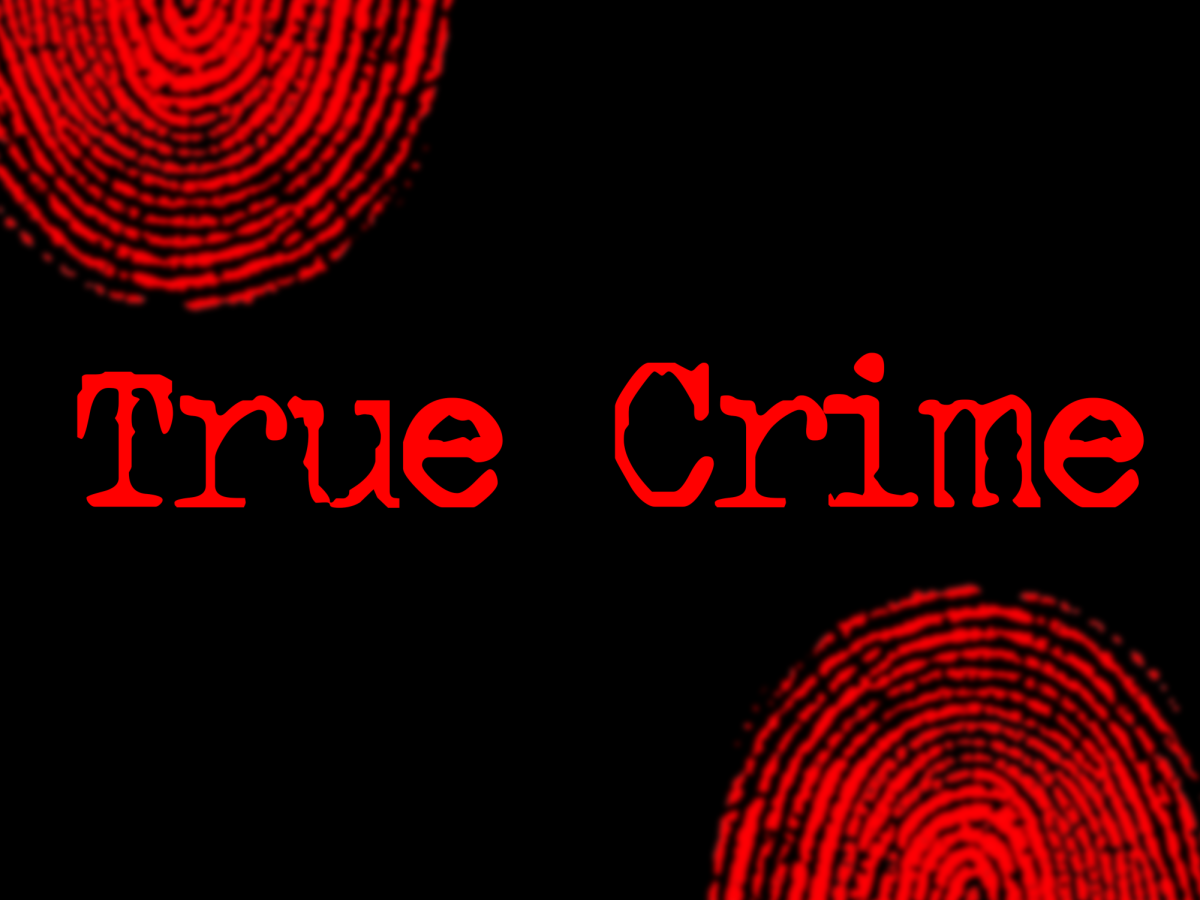True crime is one of the most popular genres across all mediums, ranging from books to podcasts to TV. It’s no secret that we as human beings are drawn in by the unsettling and the unknown; fear and fascination are common emotional responses to the unnerving, yet undeniably interesting, stories of true crime. For many, the thrill that the genre evokes is impossible to deny.
Another thing that fascinates us is the human mind. Most people would never think to commit horrible crimes, but we are intrigued by those who do. When we see stories about violent criminals, we can’t help but want to know more. As a future psychology major and true crime fan myself, I definitely know this to be true.
True crime is a genre of media that talks about real life crimes and criminals, especially murderers and serial killers. The genre first gained notice after the success of Truman Capote’s 1966 novel, “In Cold Blood.” The book details the real life murders of the Clutter family in their small town in Kansas. The ‘60s and ‘70s were a time where the public became both wary and fascinated by serial killers. Some of the most notorious serial killers ever, such as Ted Bundy, the Zodiac Killer, Charles Manson and John Wayne Gacy, all instilled fear in the public during these decades.
The thriller-esque genre has also made a splash in the realm of TV shows and movies. Productions like “Love & Death,” “Monster: The Jeffrey Dahmer Story,” “The Act,” “The Boston Strangler” and “Killers of the Flower Moon,” all of which have been released within the past five years, have seen remarkable success. There are also a plethora of YouTube channels, documentaries and podcasts dedicated to true crime cases, ranging from old and new, solved and unsolved.
Reports have shown that about 75 percent of true crime consumers are women. Since most of the victims in true crime cases are women, female listeners tend to empathize with the victims and their stories. Studies have found that another big reason why true crime is so popular amongst women is because we can use these stories to learn what behaviors from men to avoid, and to learn from female survivors how they escaped. Women are twice as likely to be victims of crime than men, and according to the FBI’s official website, men make up about 80.1 percent of people arrested for violent crime in the US.
That’s not to say, however, that the true crime genre is entirely without fault.
One major problem with true crime lies in the phenomenon where people end up idolizing these violent criminals. Some of the most notorious killers in the world have inspired copycat criminals in the past. In today’s age, support for these figures are evident in fan accounts dedicated to the likes of Ted Bundy, Jeffrey Dahmer and many more on social media sites such as Instagram and Facebook.
Another issue posed by so much of this content is that some female viewers develop crushes on these well known criminals, disregarding that their crimes included, more often than not, assaulting and killing women. This phenomenon is called hybristophilia.
Some people have also pointed out how exploitative some true crime media is. When the Jeffrey Dahmer series came out, it was met with so much backlash and outrage by the families of Dahmer’s victims. Many of these cases’ victims or their families are still alive; seeing all these shows, movies and documentaries poses the danger of retraumatizing these individuals.
This is not to say that true crime as a genre is inherently bad or problematic. Like with any genre of media, we just have to be mindful of what and how much we consume.



